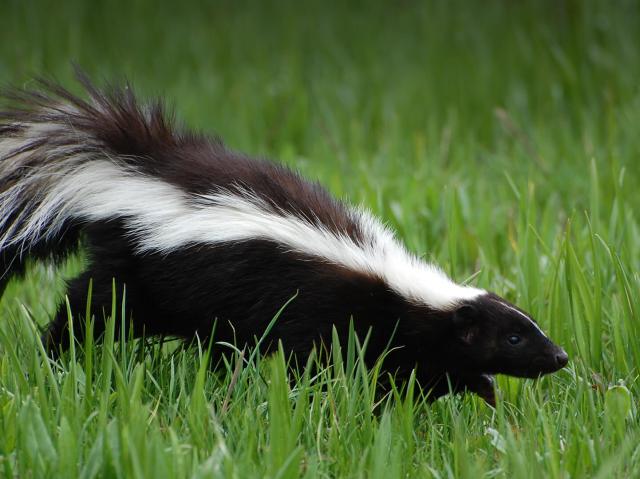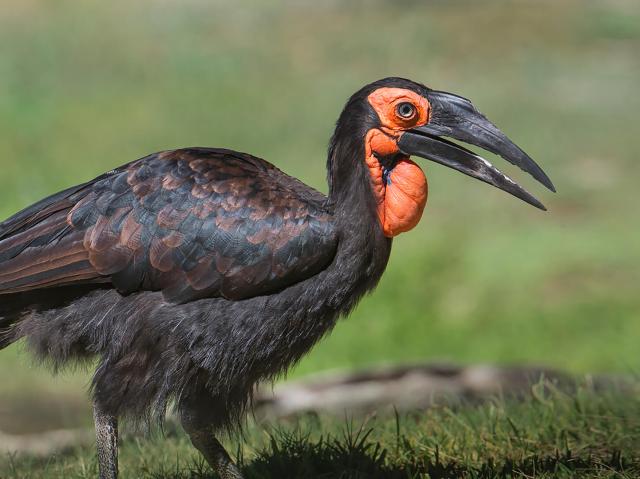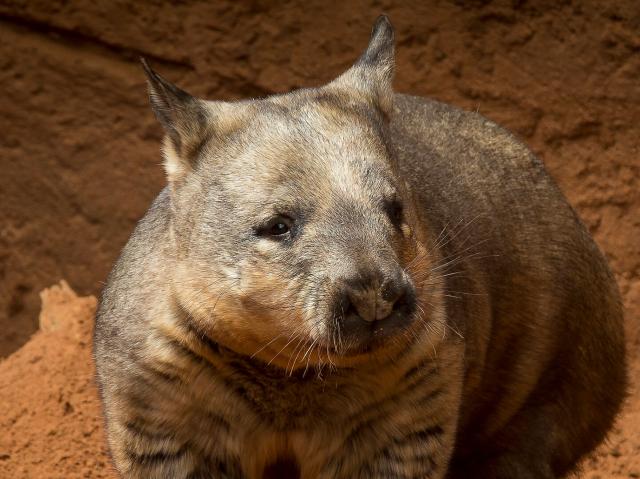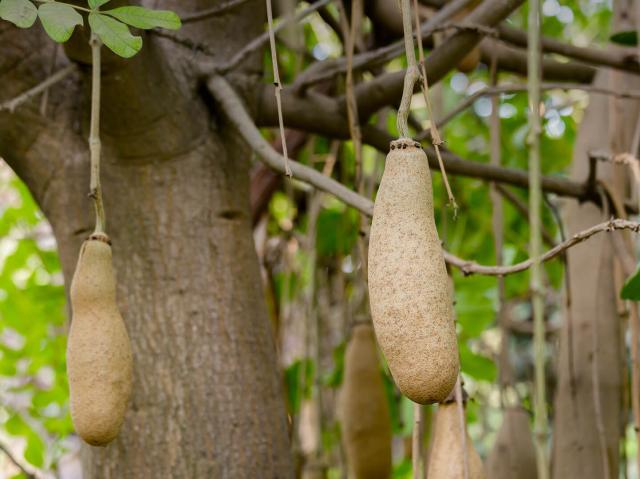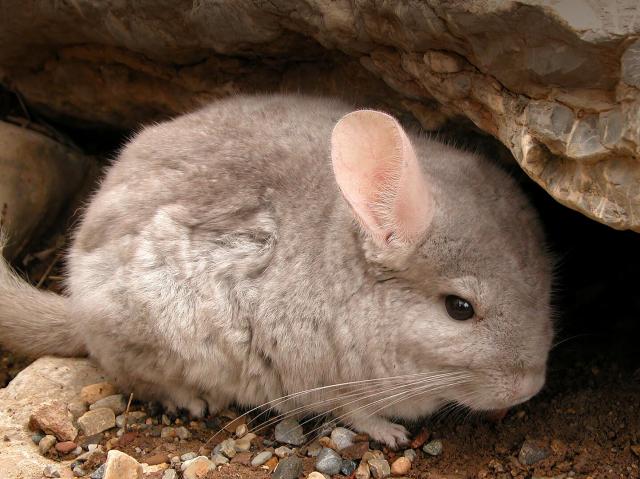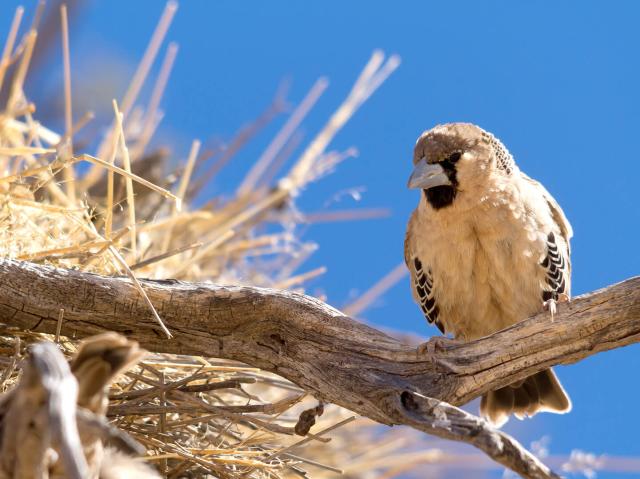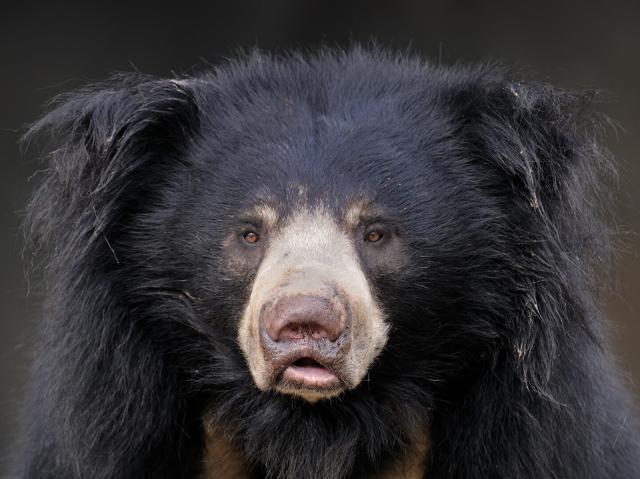
Brown Bear

- Class: Mammalia (Mammals)
- Order: Carnivora
- Family: Ursidae
- Genus: Ursus
- Species: arctos

ABOUT
Shades of brown. Brown bears are brown, right? Well, maybe. They come in all sizes and shades, from a light cream color to almost black. It was once thought that there were 86 different kinds of grizzlies and brown bears in North America alone. Today, scientists agree that there is only one species of brown bear with a lot of variations (or subspecies).
Bears found in parts of coastal Alaska are called Kodiak or Alaskan brown bears and tend to be the largest. This is from eating salmon rich in fat every summer. The Alaskan peninsular brown bear has a much smaller range: just the western tip of the Alaskan peninsula. Brown bears in interior North America are known as grizzly bears because their brown fur is tipped with white or tan; the word "grizzly” means "sprinkled or streaked with gray."
There are several brown bear subspecies found in Europe, Asia, and the Middle East, but they are smaller than their North American relatives and their numbers are currently so low that their populations are at critical risk.
Get your bearings. All bears have short, thick limbs, a big, heavily built body, and a large head. Look carefully and you’ll notice that most bears walk pigeon-toed, with their feet turned inward. It makes them look a little clumsy when they’re walking, but don’t be fooled—bears can move much more quickly than most people realize. Adult brown bears are not quite as comfortable in trees as their panda, black, sun, and sloth bear relatives, although brown bear cubs are encouraged to climb for safety.
Brown bears have a large hump of muscle on top of their shoulders, and grizzly bears have the most distinctive hump of all. Their great front claws make all brown bears powerful diggers. They may build a shallow bed on the ground made of leaf litter. When the weather cools, they seek out large, cozy dens for their winter home. A den can be a rock cave, a tree hollow, a pile of brush, or a den made by digging into a hillside or under tree roots.
Snooze news. Brown bears can spend four to six months a year curled up deep in sleep, in a den. That's one-third to one-half of their lifetime! This sleep is commonly called hibernation, but unlike true hibernation, the bears' body temperature does not drop drastically. However, the bears' heart rate slows from 70 beats per minute to only 10 beats per minute, their metabolism slows, and they do not urinate or defecate all winter!
This "winter sleep" allows the bears to stay alive for a long period of time when there is little or no food available to them. Bears in warmer climates spend less of their time curled up in their dens than those in areas with a longer winter. In fact, the brown bears at the San Diego Zoo stay active year round!
Bears are the only mammals that do not pee or poop for the entire time they are in their winter sleep! In fact, by studying the way bears recycle urine, doctors have been able to help human patients with kidney failure.
HABITAT AND DIET
Brown bears are more versatile in their choice of habitats than any other bear. They may be found in forests, mountain areas, tundra, and even semi-desert areas. Their current range includes Europe, parts of Asia, Japan, and western Canada as well as the states of Alaska, Idaho, Montana, Washington, and Wyoming, from sea level to 18,000 feet (5,500 meters). This is the largest range of any bear, yet brown bears once roamed a much larger portion of the US, as well as northern Mexico and northern Africa. Currently, the largest brown bear populations are in Russia, Alaska, and Canada.
Brown bears are true omnivores and eat anything nutritious that they find. Most of their diet consists of plant matter, but they certainly eat meat if they can find it. Bears dig for roots, tubers, and insects, scavenge for carrion, and even occasionally hunt prey such as rodents, young deer, and elk. However, the food that first comes to mind when one thinks of bears is salmon. Bears in Alaska and Russia flock to the rivers used by salmon swimming upstream to spawn every summer to catch tasty meals.
Brown bears live solitary lives once they leave their mother, but the yearly salmon run brings many coastal-dwelling bears together. A loose social structure determines which bears get the best fishing spots. The large adult males (boars) get the first pick, then the sows with cubs. The solitary sows and subadults come next, and orphaned cubs have to scrounge for whatever scraps they can.
At the beginning of the salmon run, the bears are very hungry and eat all of the fish they catch, except for the intestines. Once the bears aren't so hungry, they eat only the eggs, brains, and skin of the salmon, the most nutritious and fatty parts.
When bears eat fruit, their scat disperses seeds, which helps keep habitats growing. And when they dig for food like tubers, plant bulbs, and rodents, they stir up the soil, which releases nitrogen into the ground and keeps the habitat healthy. In the spring, brown bears may even eat young calves of bison, elk, and other wildlife, which helps keep those populations in check. Brown bears not only enrich the lives of those fortunate enough to see them but also help keep their ecosystem in balance. Let’s hear it for brown bears!
FAMILY LIFE
As brown bear breeding season approaches (May to July), the boars become more aggressive toward each other. To show dominance, they stand upright, growling and roaring at each other. Wrestling matches are common, and either or both boars can be injured by sharp canine teeth. To show submission, a bear may keep its head lowered and back away. Sows with cubs try to steer clear of these fights.
Brown bear moms perform an amazing feat while sleeping through the winter: they give birth! After breeding, the sows’ eggs don’t immediately implant in the uterus and continue to grow. Instead, they remain in a state of suspended growth for a period of time, and cubs are not born until January or February, during the coldest part of the winter. The delayed implantation lengthens the pregnancy but also helps ensure that the mother has enough fat stored for her and the developing cubs.
There are usually two cubs in a litter, and they are born almost hairless, toothless, and with their eyes sealed shut. They find their mother's nipples by heading for the warmth. Although the sow sleeps through the winter, the cubs spend their time nursing, wrestling, and keeping warm in her fur. The cubs' eyes open when they are six weeks old, and by the time spring comes around they have grown teeth and thick fur and are able to follow the mother outside the den.
Depending upon the subspecies of bear, youngsters stay with their mother from two to six years. The mother does not have more cubs until her current offspring are on their own.
AT THE ZOO
Bears have been cared for at the San Diego Zoo since 1916, when the Zoo was founded! Those first bears were left over from the Panama-California Exposition, held in San Diego’s Balboa Park in 1915. Caesar, a female Kodiak bear, was donated shortly after the Zoo began. She had been a pet on a Navy ship, but had outgrown her “cuteness.” After shredding and splintering her first few Zoo homes, money was found to build a moat for Caesar and her fellow bruins.
CONSERVATION
Brown bears have a fearsome reputation and can be more aggressive than most other bears. However, each bear is different and usually won't attack humans unless it feels threatened. The brown bear once ranged throughout the Northern Hemisphere. Due to humans’ fear, heavy hunting for meat and sport, and medicinal uses, the bear's range has shrunk considerably. Some cultures believe a bear's organs can cure certain illnesses; for example, the bear's gallbladder is still highly prized in Asian markets and can fetch a high price. There is no scientific evidence to bear this out.
While humans impact the environment in a variety of ways, ultimately it is one single factor that poses, by far, the greatest threat to the persistence of all bear populations: habitat loss. Suitable habitat is being lost or fragmented at an alarming pace. Climate change, resource extraction, and human population growth have all contributed to habitat losses. But, while these challenges may seem daunting, if we can change our habits, reduce our carbon footprint, and make conscientious changes in how we buy and use products, we can reverse these trends, and we can save the world’s bears.
Historically, hunting was the greatest threat to all bears. Unregulated hunting had dramatic impacts on population numbers for bears worldwide, especially in the first half of the 20th century, when a lack of regulation was coupled with enhanced access to bears (through motorized vehicles) and more efficient weapons. The unregulated “take” of bears continues in some parts of the world, and bear parts and the pet trade have continued to take their toll on a number of Asian bears (except the giant panda).
Just as the impact of hunting on most bear populations was minimized through the efforts of people, so, too, can the impact of habitat loss and climate change be reduced. We can all make a difference, and the first step is to get passionate about bears and bear conservation. Brown bears are not endangered, but as humans continue to put pressure on the bear's habitat, we are challenged to find ways to share space with this magnificent mammal.
By supporting San Diego Zoo Wildlife Alliance, you are our ally in saving and protecting wildlife worldwide.
Sounds
LIFE SPAN
Up to 40 years in expert care, about 25 years in the wilderness
YOUNG
Gestation: 6 to 8 months, including a delayed implantation period that can last up to 6 months
Number of cubs: 1 to 4, usually 2
Weight at birth: 16 to 25 ounces (454 to 709 grams)
Maturity: 3 to 5 years
SIZE
Length: 6 to 9.8 feet (1.8 to 3 meters); males are larger than females
Height: 3 to 4 feet (0.9 to 1.2 meters) at shoulder
Weight: Females are 215 to 660 pounds (97 to 300 kilograms); males are 330 to 1,500 pounds (150 to 680 kilograms)
FUN FACTS
Newborn bear cubs produce a loud, continuous humming while nursing, which is believed to help stimulate their mother's milk production. This noise is so loud, it can be heard from outside of the den.
Brown bears store carrion by covering it with grass and moss. The moss contains chemicals that kill fungi and bacteria and acts as a preservative for the meat.
Despite its "large" reputation, the grizzly bear is one of the smallest of the brown bear subspecies.
Various bear images have been depicted on California’s flag until 1953, when an artist was commissioned to design the official state flag featuring a grizzly bear.
The last California grizzly bear subspecies, the one depicted on the state's flag, was killed in San Diego County—in Campo— in 1922.



